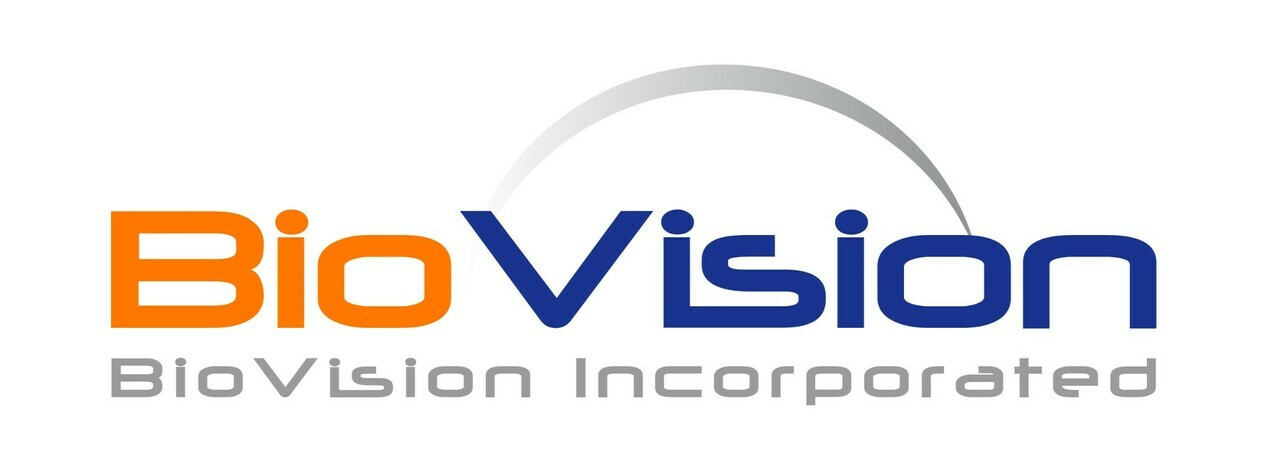Product Description
B7-H4 is a B7 family member that negatively regulates T cell immunity by inhibiting T cell proliferation, cytokine production and cell cycle progression. In vitro, B7-H4 inhibits CD4+ and CD8+ T cell proliferation, cytokine production and generation of alloreactive cytotoxic T cells (CTLs). In vivo, blockade of endogenous B7-H4 by specific monoclonal antibody promotes T cell responses. B7-H4 ia an important negative regulator of innate immunity through growth inhibition of neutrophils. B7-H4 is expressed on some tumor cancer cells. The role of B7-H4 in tumor progression may be to transform precancerous cells and then protect them from immunosurveillance.
Biovision | P1107 | B7-H4 /VTCN1 mouse recombinant DataSheet
Biomolecule/Target: Vtcn1
Synonyms: V-set Domain-containing T Cell Activation Inhibitor 1, VTCN1, B7h.5, Immune Costimulatory Protein B7-H4, T Cell Costimulatory Molecule B7x, Protein B7S1
Alternates names: Small inducible cytokine A20 precursor, CCL20, Macrophage inflammatory protein 3 , MIP-3-, Liver and activation- regulated chemokine, CC chemokine LARC, chemokine exodus-1, CKb4, LARC, ST38, MIP3A, MIP-3a, SCYA20.
Taglines: Negatively regulates T-cell-mediated immune response and is involved in promoting epithelial cell transformation
NCBI Gene ID #: 6364
NCBI Gene Symbol: CCL20
Gene Source: Mouse
Accession #: P78556
Recombinant: Yes
Source: CHO cells
Purity by SDS-PAGEs: 97%
Assay: SDS-PAGE
Purity: N/A
Assay #2: N/A
Endotoxin Level: < 0.06 EU/g
Activity (Specifications/test method): Measured by its ability to inhibit anti-CD3-induced proliferation of stimulated mouse T cells
Biological activity: Determined by its ability to chemoattract human T cells using a concentration range of 7-70 ng/ml.
Results: N/A
Binding Capacity: N/A
Unit Definition: N/A
Molecular Weight: 8.0 kDa
Concentration: N/A
Appearance: Lyophilized
Physical form description: Lyophilized from 0.2 m-filtered solution in PBS
Reconstitution Instructions: Reconstitute in HO to a concentration of 0.1-1.0 mg/ml. This solution can then be diluted into other aqueous buffers and stored at 4°C for 1 week or 20°C for future use.
Amino acid sequence: N/A
 Euro
Euro
 USD
USD
 British Pound
British Pound
 NULL
NULL








